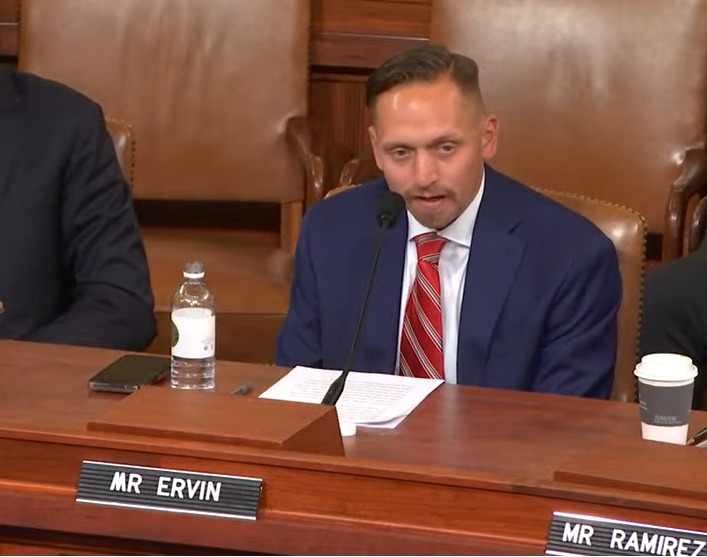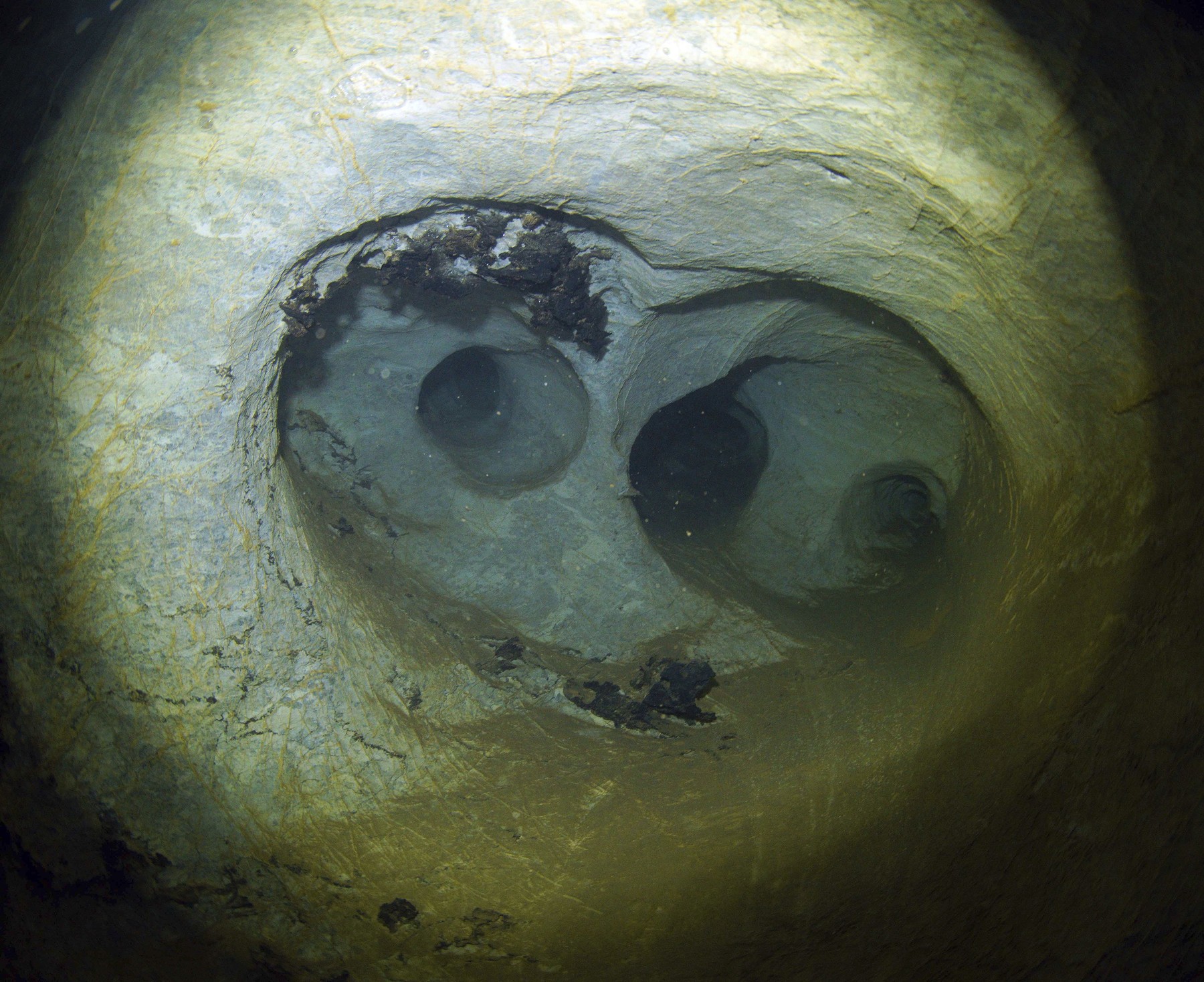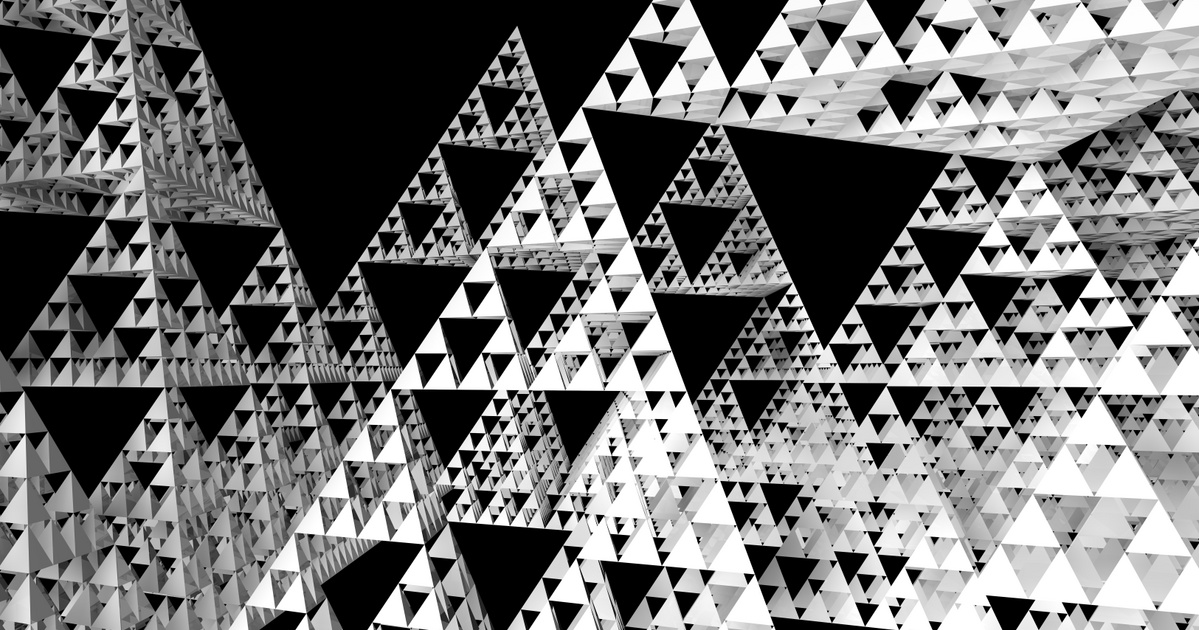Astronomers using NASA’s Hubble Space Telescope have observed a black hole spinning a nearby star into a doughnut shape before consuming it.
The violent cosmic event is an example of a tidal rupture event – an astronomical phenomenon that occurs when a star wanders too close to a black hole and is torn apart by its massive gravitational forces. After the star breaks apart, the resulting gas and debris is devoured by the black hole while emitting intense radiation.
The event, called AT2022dsb, is located approximately 300 million light-years from Earth in the center of galaxy ESO 583-G004. It was first detected on March 1, 2022 by the All-Sky Automated Survey for Supernovae (ASAS-SN), a network of ground-based telescopes that scans the sky for violent events.
The team then used Hubble’s powerful ultraviolet imaging capabilities to study the cosmic liar in great detail as it unfolded.
“Normally, these events are hard to notice. We might make some observations at the beginning of detachment, when it’s really bright. Our software is different in that it’s designed to look at some tidal events over the course of a year to see what happens.” Harvard-Smithsonian Center for Astrophysics in Massachusetts.
“We saw early enough that we could observe very intense black hole accretion phases. We saw the rate of accretion decrease as it became droplets over time.”

After studying the Hubble data, the researchers concluded that the remnant of the star formed as a circular ring of gas the size of the solar system that surrounded the black hole as it was sucked in.
They hope that further study of the event and the like will help them learn more about the life cycle of black holes.
(Source: BBC Science Focus)








































